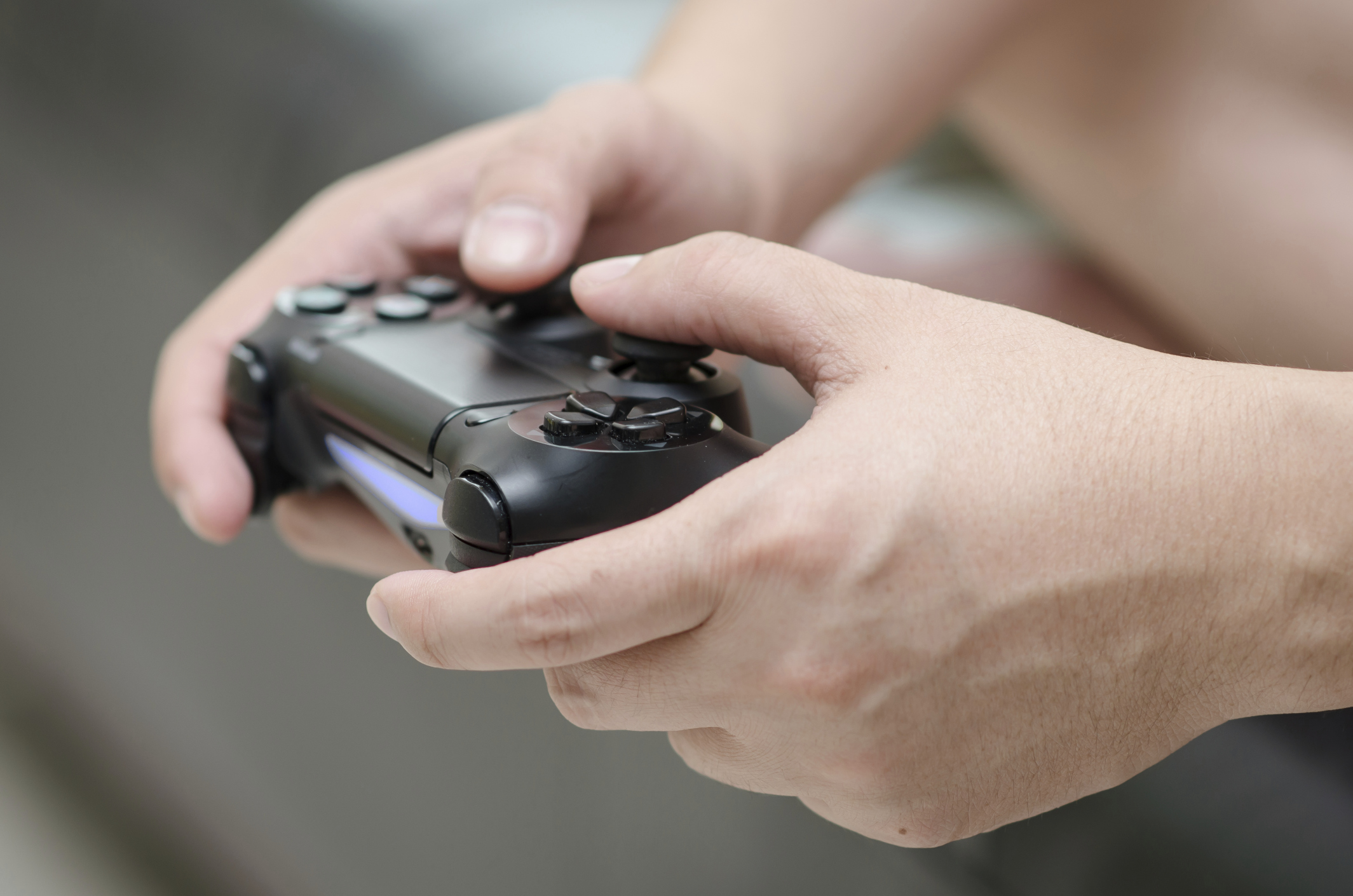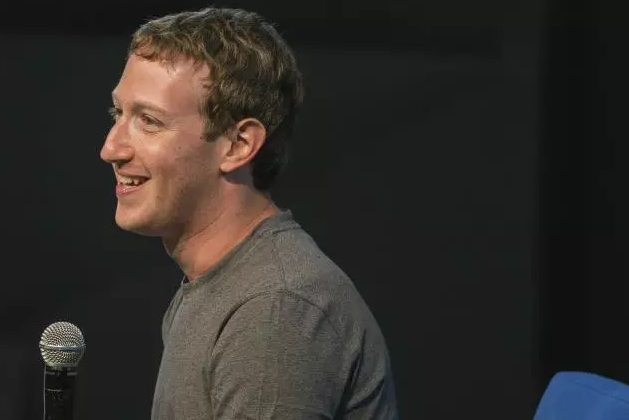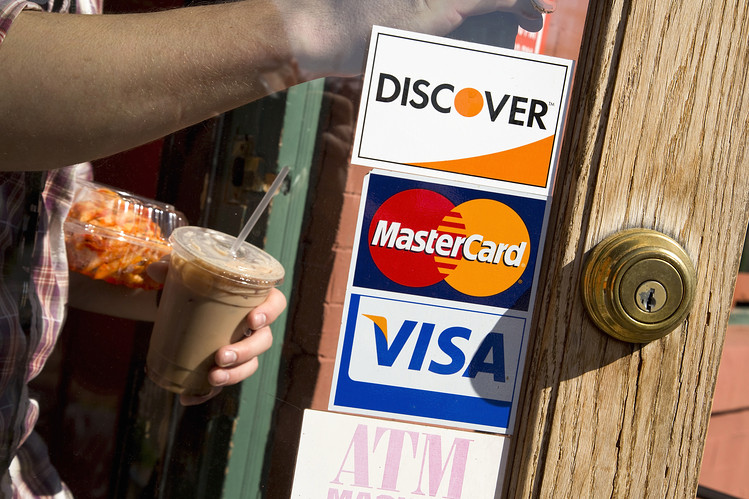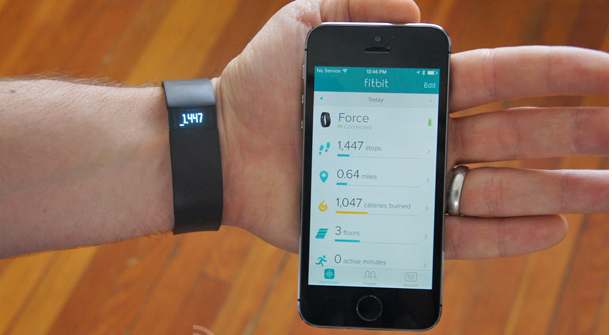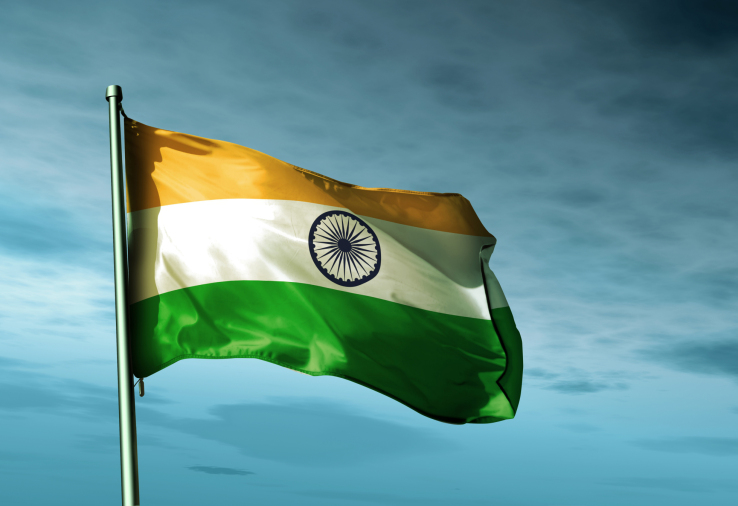Read original story on: The Verge
Earlier this week, Sony announced that it has started spinning off its audio and video divisions, after a similar decision to spin off its television division last year. This means that in a few years, Sony would exit the laptop, smartphone, and TV markets entirely, leaving only its movie studio, Sony Pictures Entertainment, and its PlayStation division as company’s core business.
Such focus seems necessary since Sony’s mobile division reportedly cost the company over $1.5 billon in Q2 2014, while the gaming division earned the company $200 million in profit. It’s also safe to conclude that failure to compete with rival Asian tech giant Samsung, especially in the smartphone and TV markets, played an important part in Sony’s drastic decision.
